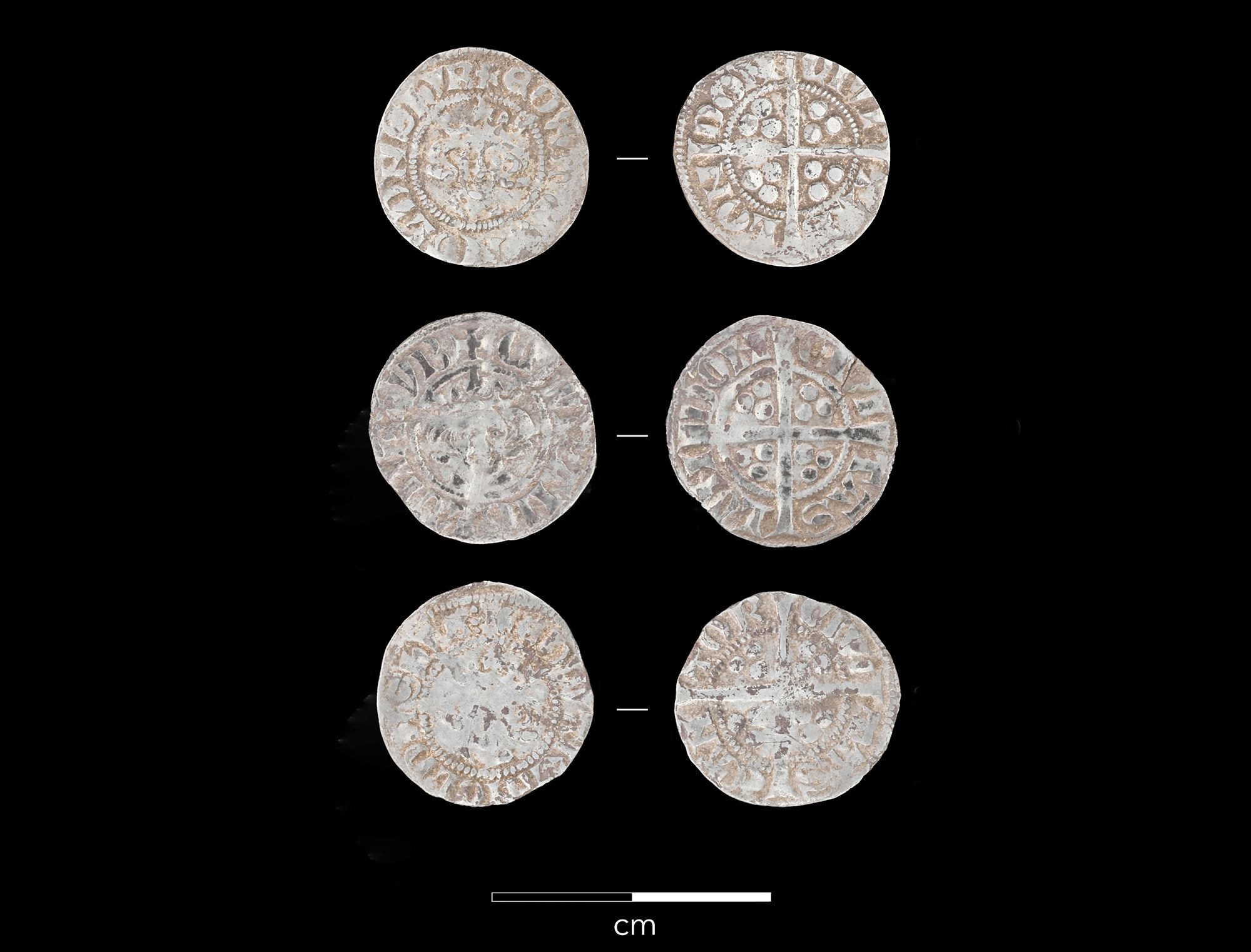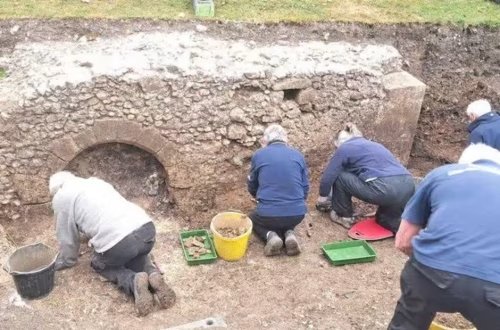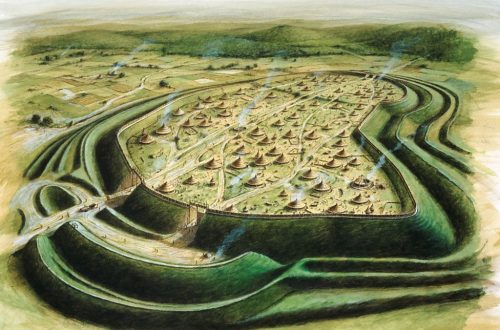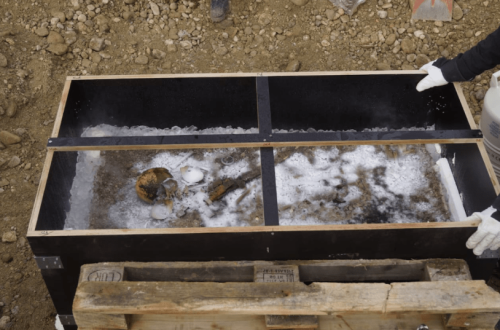Three unassuming silver pennies, unearthed together in Essex, offer a poignant glimpse into the lives and potential misfortunes of early 14th-century England. Struck during the reigns of Edward I and his son, Edward II, the close dating of these coins suggests they were lost as a small hoard, perhaps the contents of a dropped purse. The most recent penny dates to between 1314 and 1317, placing their loss firmly in the early decades of a century marked by widespread hardship.

Intriguingly, this precise period aligns with the devastating livestock and agricultural disasters that gripped England. Higher than average rainfall and subsequent flooding led to catastrophic crop failures and widespread death among livestock. This environmental catastrophe triggered a domino effect, resulting in severe famine and a tragic spike in human mortality.
Against this backdrop of societal upheaval, the loss of even a few small coins would have been a significant blow. These pennies, now silent witnesses to a distant past, speak not only of everyday transactions but also hint at the increased social instability and potential for petty crime that such widespread hardship could breed. This small collection of silver, frozen in time beneath the Essex soil, serves as a tangible reminder of the precariousness of life and the harsh realities of ordinary people in medieval England.






